A child is a mass of curiosity.
And the dictionary is a spring of knowledge.
"Jishobiki" was invented to stimulate this curiosity and to have fun and acquire knowledge.
No special teaching materials are necessary to get started. You can start with a dictionary and sticky notes that suit your child.
flow01Preparation for Jishobiki
Age to start:
About seven years old is the best.
If you can understand and write the alphabet, you can do this learning method.
Of course junior high school students and high school students can tackle Jishobiki. However, primary school students, especially small children, will be happy to undertake this learning method. When starting Jishobiki, first grade elementary school students also enjoy and come to use this method more than even second or third grade students.
By doing Jishobiki, children can learn to practice spontaneously.
Prepare a dictionary / sticky note
Children should use a fun dictionary with illustrations even though it is for reading. Parents and teachers are encouraged to choose something for their children that is large in size and easy for children to read.
-
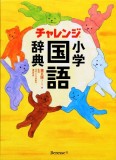
ベネッセ 国語辞典 -
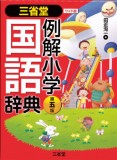
三省堂 国語辞典 -
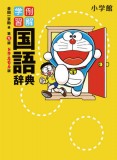
小学館 国語辞典 -
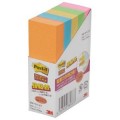
住友3M ポストイット
Environment where dictionary is placed
Children and parents should place their dictionaries in places where children can easily pick it up.
If a child wishes to look something up in a dictionary in everyday life, if the dictionary is stored in a bookshelf, the motivation to investigate will decrease.
flow02The dictionary subtraction learning method
step.01numbering sticky notes
Number the sticky notes.
Please fill out more than the number you plan to read in the dictionary.
By numbering the sticky notes, the child can know how many he or she has read.

step.02Read the words freely in the dictionary
Parents and teachers should help the child to find already known words and favorite words freely.

step.03Paste the sticky note in the dictionary.
When the child finds the word he or she knows, the child writes the word found on the sticky note and sticks the sticky note to the top of the dictionary.

step.04Praise
If the child finds the word, writes the word on the sticky note and pastes it in the dictionary, please give them praise.
Children will be proud of themselves because they can see a lot of tags and check their own efforts. This aids in a child's confidence.

I think Jishobiki is a very easy method.
Please, try it.
Three points to note on learning dictionary learning method
- 1, Do not ask for perfection
- Do not ask for perfection in expecting all meanings to be read when searching for words.
Parents and teachers should refrain from intervention even if it takes time to search.
- 2, It is important to make it a habit of using the dictionary
- 3, Let’s give praise!
- When praising, rather than pointing out wrong things, please praise the child’s improvements. Please also be interested in what kind of words have been found. Also, do not give excessive rewards.
By showing an excessive reward, the main purpose becomes earning the reward. The most important purpose is to have children feel the joy of learning voluntarily.
flow03Let 's have more fun using dictionary.
Learn while playing
If the child gets used to finding words, please do a dictionary quiz and ask them to find words based off of the meaning. By doing so it leads to being more interested in the meaning of the word that has been searched for, create an opportunity for children to present found words, and more awareness raised.
Let's turn our eyes to the effective use of the dictionary.
Gradually when the child does Jishobiki, he/she can not be satisfied with just the information in the dictionary, but will look to other sources as well .
Please encourage him/her to look it up in an encyclopedia or an illustration.
He/she can get lots of information from encyclopedias and illustrations
This kind of information is not listed in the dictionary
-
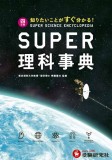
増進堂 スーパー百科辞典 -
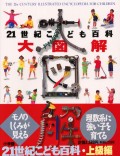
小学館 こども百科 -
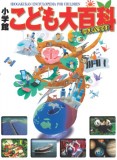
小学館 こども大百科
flow04Let's realize the effect of dictionary subtraction learning
There are many effects in dictionary subtraction learning.
- ①Vocabulary skill rises
- As a child draws a dictionary, the frequency of viewing the words increases, thereby improving vocabulary skills.
- ②Enjoy investigating
- The motivation for children to want to know more increases.
By examining the dictionary, they can feel the pleasure of satisfying that feeling and learning.
- ③You can acquire self-solving skills and problem-solving skills
- By looking it up in a dictionary, you are able to find answers by yourself.
- ④Children will be able to find answers themselves by Jishobiki.
- ⑤Parents and children, exchange between teachers and children increases When a child is doing Jishobiki, please ask what and how much the child has examined.
- When your child makes a new discovery through Jishobiki, please listen to them.
Adults have many things to learn from a childlike awareness. As a result, opportunities for parent-child exchanges increase. Please enjoy Jishobiki with your children.




